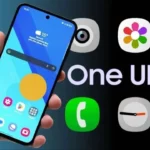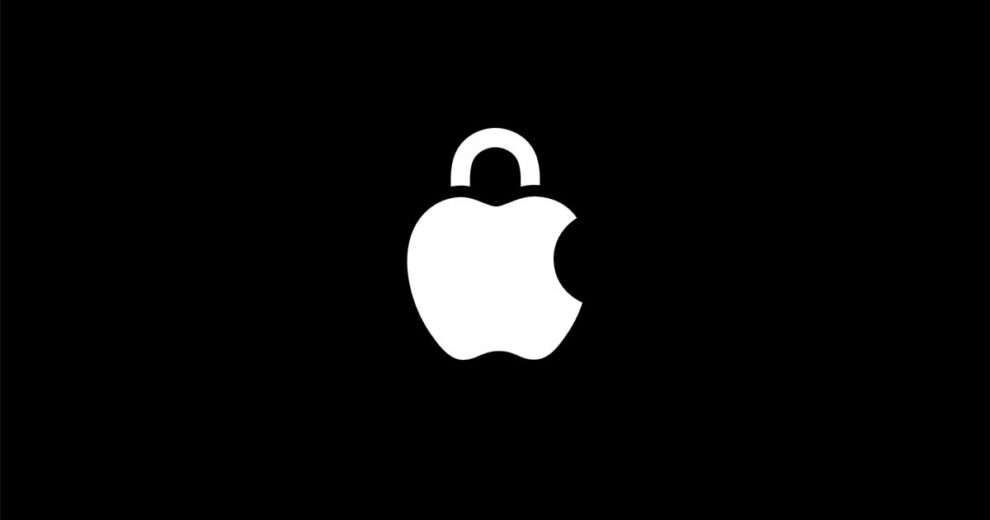A significant development has emerged for early Apple Watch adopters as the tech behemoth agrees to a $20 million settlement addressing battery swelling concerns in its older smartwatch models. The settlement covers first-generation devices along with Series 1, 2, and 3 watches, potentially affecting thousands of customers who reported issues during a nearly nine-year period.
The class action lawsuit, which Apple has chosen to settle while maintaining its stance against any wrongdoing, centers on allegations that battery swelling in these early models could potentially damage the devices. Despite Apple’s firm disagreement with the claims, the company opted to resolve the matter outside of court, citing a desire to avoid prolonged litigation.
For affected customers, the settlement could translate into compensation ranging from $20 to $50 per eligible device. The final amount each customer receives will ultimately depend on the total number of valid claims processed through the settlement program. This development marks a significant moment in the history of Apple’s wearable technology division, which has since evolved to become a cornerstone of the company’s product ecosystem.
The settlement’s scope encompasses a considerable timeframe, spanning from April 24, 2015, to February 6, 2024. During this period, customers who reported battery swelling issues to Apple within the United States may qualify for compensation. The process has been streamlined to minimize burden on eligible customers, as Settlement Class Members won’t need to submit additional claim forms to receive their payment.
This case highlights the ongoing challenges technology companies face as they pioneer new product categories. The Apple Watch, introduced in 2015, represented Apple’s first major new product category since the iPad’s debut in 2010. As with many first-generation devices and their immediate successors, early adopters sometimes encounter unforeseen issues that emerge only after extended use.

Consumer advocates view this settlement as a victory for product accountability in the tech sector. While Apple maintains its position that the watches were not defective, the company’s willingness to settle demonstrates the importance of addressing customer concerns, even when technical fault is disputed. This approach aligns with Apple’s historical commitment to customer satisfaction, often going beyond strict warranty requirements to maintain brand loyalty.
The settlement administration process has been designed with user convenience in mind. Eligible customers need only submit their payment information through the designated settlement website by April 10, 2025. The settlement administrators will handle the distribution of notices via both traditional mail and email channels, ensuring comprehensive outreach to affected customers.
This resolution comes at a time when consumer electronics companies face increasing scrutiny over product durability and longevity. The battery swelling issue, while affecting only a portion of early Apple Watch users, raises broader questions about the lifespan expectations of wearable technology. As these devices become more integrated into daily life, their reliability becomes increasingly critical.
The settlement also reflects the evolving landscape of consumer protection in the technology sector. Class action lawsuits have become an important mechanism for addressing widespread product issues, providing consumers with a collective voice when dealing with large corporations. While individual damages might be relatively modest, the cumulative effect of such settlements can influence corporate behavior and product development practices.
Looking ahead, this settlement may influence how technology companies approach quality control and customer service for wearable devices. As the market for smartwatches and other wearable technology continues to grow, manufacturers may need to place even greater emphasis on long-term reliability and battery performance.
For Apple Watch owners who believe they might be eligible for compensation, the path forward is clear: check their documentation for reported issues within the specified timeframe and submit payment information through the settlement website before the April deadline. The settlement administrators will handle the verification process, ensuring that qualified customers receive their share of the settlement fund.
This resolution demonstrates the complex balance between innovation and consumer protection in the technology sector, while providing a tangible benefit to customers who experienced issues with their early Apple Watch models.
















Add Comment